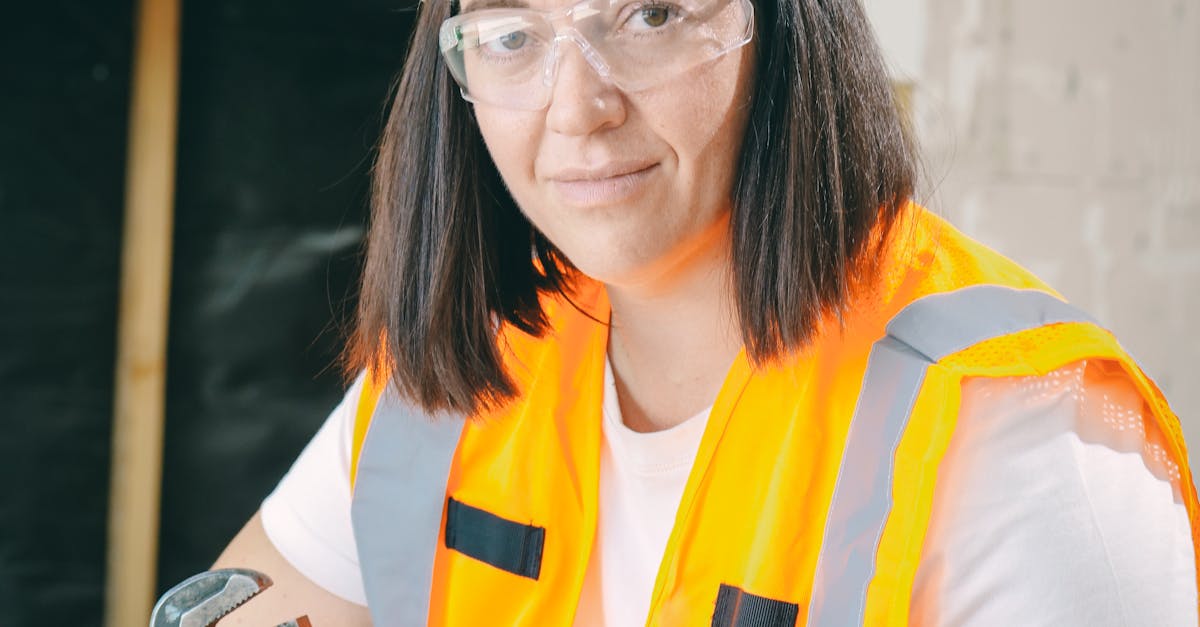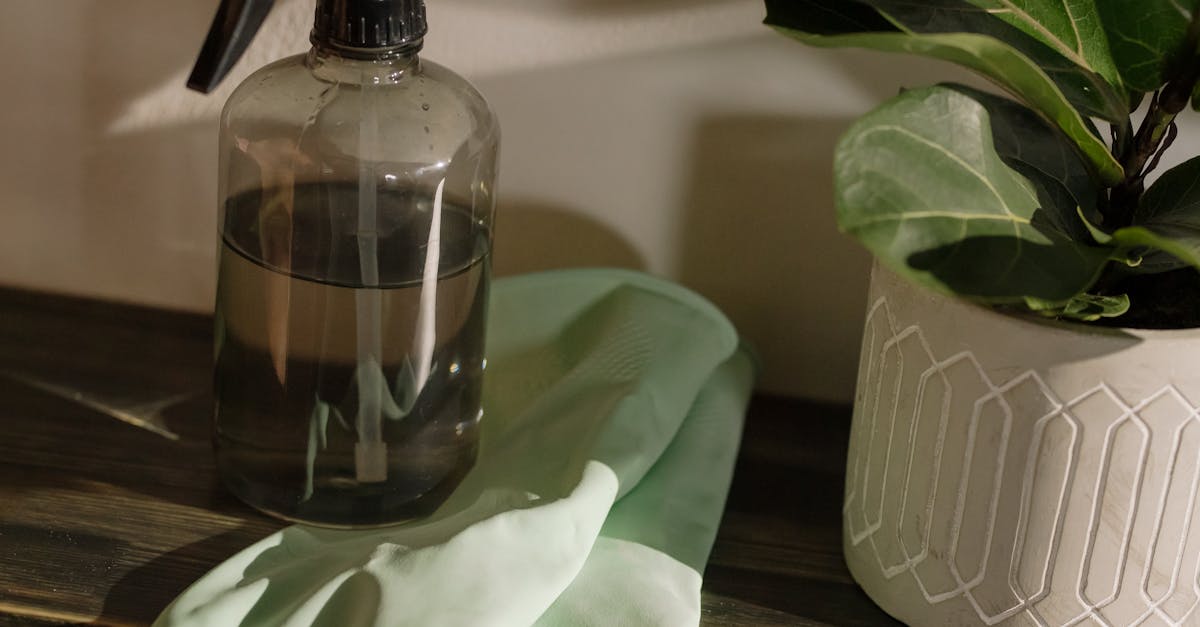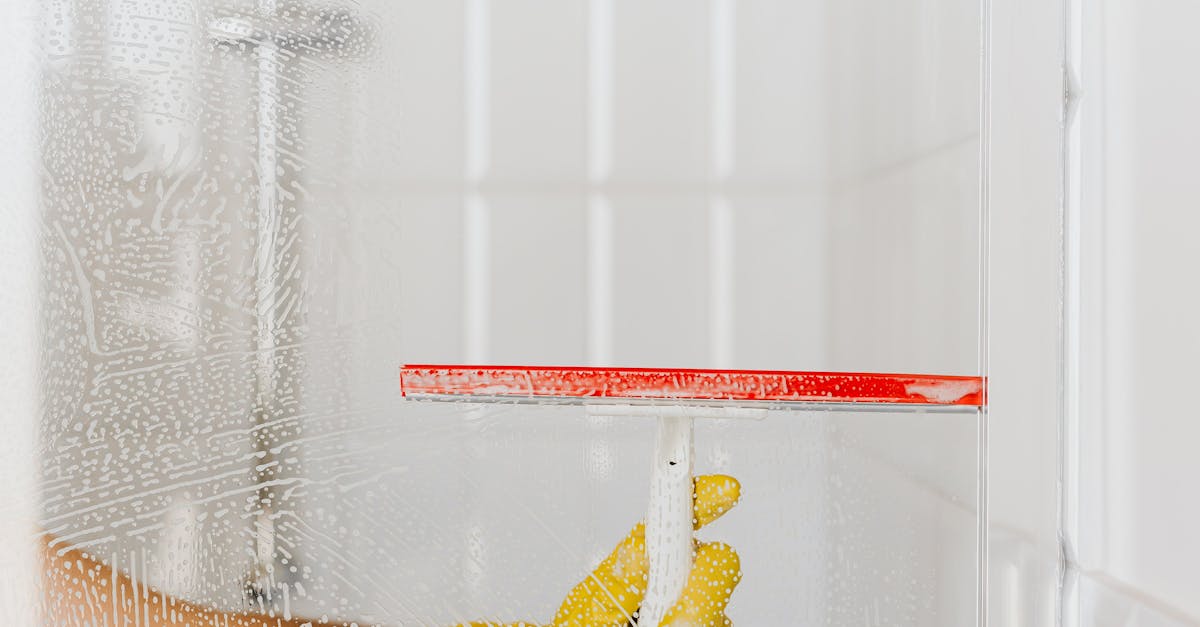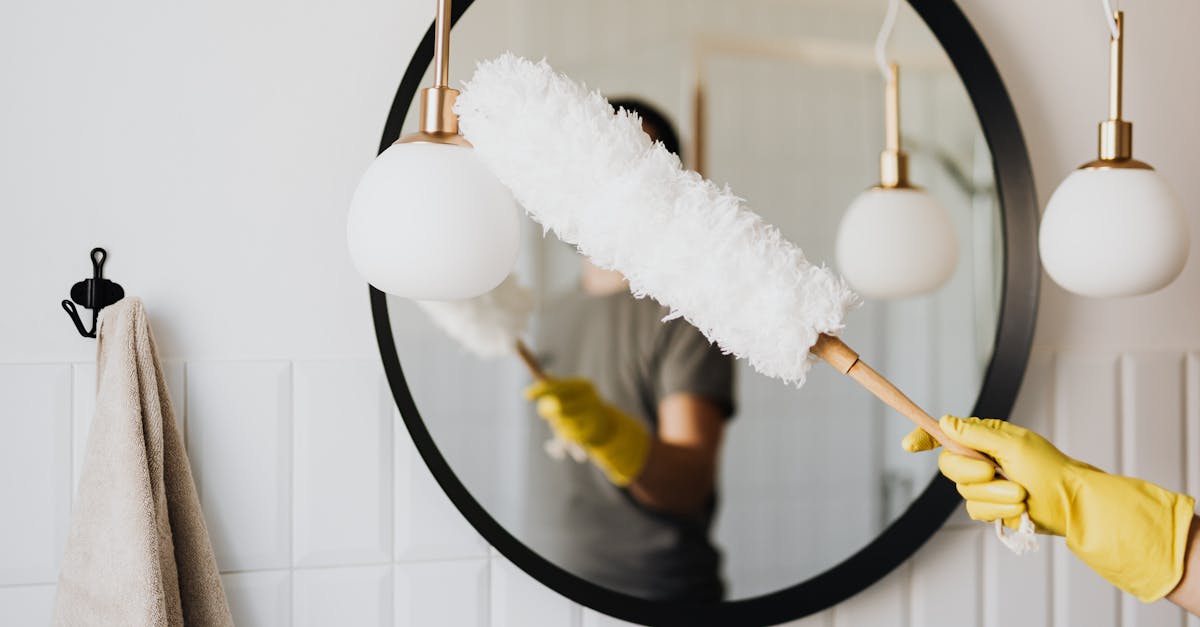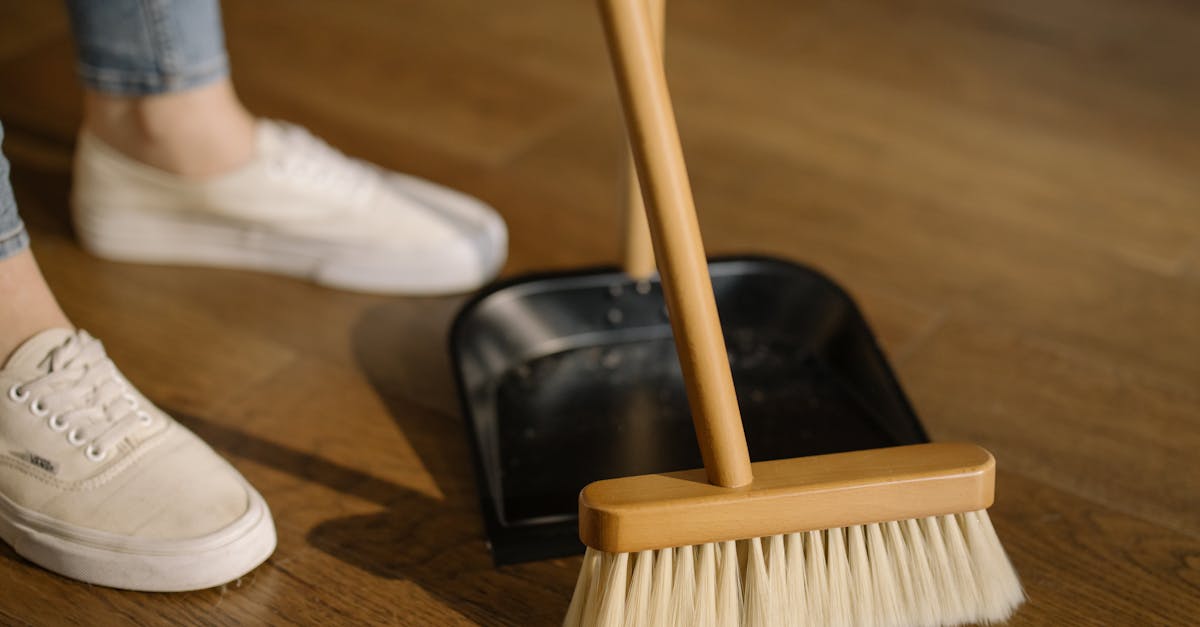
Table Of Contents
Choosing the Right Replacement Sink
When selecting the right replacement sink, consider the size and configuration that best fits your kitchen or bathroom space. Measure existing plumbing connections to ensure compatibility with your new choice. Also, factor in the style of your room. Whether you prefer a traditional porcelain basin or a modern stainless steel model, the aesthetics should harmonise with your overall décor. Beyond the looks, think about functionality. A deeper sink may be practical for washing larger pots and pans, while a double-basin design can enhance multitasking during meal preparations.
Materials used in sink construction play a crucial role in durability and maintenance. Stainless steel is popular due to its resistance to stains and easy cleaning, while ceramic and composite options may provide a more classic appearance. Remember that sink installation and repair can be more complex with certain materials. Weigh your options based on how much usage and wear the sink will endure. Investing time in choosing the right sink ensures you make an informed decision that meets both practical needs and personal style.
Styles and Materials to Consider
When choosing a new sink, it’s essential to consider both the style and material that best suit your needs. Various styles, such as undermount, drop-in, or farmhouse sinks, offer different aesthetics and functionalities. The sink's design should complement your kitchen or bathroom decor while also meeting your practical requirements. Selecting a durable material is equally important. Options like stainless steel, porcelain, and composite resin each come with their own benefits, such as resistance to stains or scratches.
The material you choose directly impacts maintenance and longevity. Stainless steel sinks are popular for their contemporary look and durability, while ceramic sinks offer a classic appeal. Composite materials provide a stylish yet resilient choice, often available in various colours and finishes. Evaluate how each material withstands daily wear and tear to ensure your sink installation and repair needs. Making the right choice can lead to a satisfying blend of functionality and visual appeal in your space.
Installing the New Sink
Before embarking on your sink installation, ensure all the necessary tools are on hand. This includes a basin wrench, pliers, a screwdriver, and plumber’s tape. Begin by carefully placing the new sink into the designated countertop space. It is important to align the sink properly to prevent future issues. Check that the sink sits level and remains stable. Once positioned, secure it according to the manufacturer's instructions, using brackets or clips as needed.
After the sink is secured, the next step will involve reinstalling the plumbing. Connect the drain assembly, ensuring a tight fit to avoid leaks. When attaching the water supply lines, use plumber’s tape for an extra layer of security. Make certain that all connections are snug but take care not to overtighten them. If any adjustments are needed, now is the time to make them. Proper sink installation and repair necessitate attention to detail to ensure a functional and durable setup.
Guidelines for Proper Placement and Alignment
When positioning your new sink, ensuring proper placement is crucial for both functionality and aesthetics. Start by measuring the area where the sink will be installed. Consider existing plumbing points, cabinetry, and the overall layout of the space. Taking the time to mark the location accurately will help in aligning the sink correctly, preventing any future complications during use. It is essential to check the height of the sink, aiming for a comfortable working level that suits the needs of everyone who will be using it.
Alignment plays a key role in achieving a seamless finish. Use a level to confirm that the sink is straight and even, making adjustments as needed. Proper alignment will also facilitate easier connections to the plumbing system, reducing the likelihood of leaks. Remember, sink installation and repair require attention to detail, so double-checking your work before securing everything in place can save time and effort later. Attention to these elements will contribute to a successful installation, enhancing both the functionality and appearance of your kitchen or bathroom.
Reconnecting the Plumbing
After installing your new sink, the next step involves reconnecting the plumbing. Start by ensuring all water supply lines are clean and free from debris. Use plumber’s tape on threaded connections for a better seal. Attaching the hot and cold water supply lines will require you to match them correctly to avoid mix-ups, ensuring that you tighten them securely using a wrench but taking care not to overtighten.
Once the water lines are connected, it’s time to reattach the drain assembly. As with the supply lines, apply plumber’s tape where necessary to ensure a leak-free fit. It's wise to check that the sink’s drain aligns correctly with the existing plumbing. For those unfamiliar with plumbing systems, sink installation and repair can be tricky but carefully following these steps will help in achieving a proper setup. Turn on the water supply slowly and observe for any leaks before finishing up the installation.
Ensuring a Secure and LeakFree Connection
Once the new sink is in place, reconnecting the plumbing is essential for ensuring a secure and leak-free connection. Start by applying plumber’s tape to the threaded ends of the pipes. This helps create a tight seal and prevents leaks. Carefully attach the pipes to the sink, making sure each connection is firm but not overly tightened, as over-tightening can cause cracks or leaks in the fittings.
After securing the connections, turn on the water supply gradually while observing the pipes for any signs of leakage. It's wise to have a bucket or towels handy to catch any water that may escape during this process. Sink installation and repair relies heavily on meticulous attention to detail, so take your time and ensure everything is connected properly. If leaks appear, revisit each connection to tighten as needed.
FAQS
Is it possible to replace a sink without hiring a plumber?
Yes, it is possible to replace a sink without hiring a plumber, provided you have the right tools and follow the proper steps carefully.
What are some styles and materials I should consider for a replacement sink?
Common styles include undermount, top mount, and farmhouse sinks. Materials like stainless steel, porcelain, and composite are popular choices, each offering different aesthetics and durability.
What tools will I need to install a new sink?
Basic tools typically required include a wrench, screwdriver, pliers, and a putty knife. You may also need a level for proper alignment and a towel for any spills.
How can I ensure that my new sink is properly aligned?
To ensure proper placement and alignment, use a level to check both sides and the back of the sink. Make adjustments as necessary before securing it in place.
What should I do to prevent leaks when reconnecting plumbing?
To ensure a secure and leak-free connection, make sure all fittings are tightened properly, use new plumber's tape on threaded connections, and check for leaks after installation by running water through the sink.
